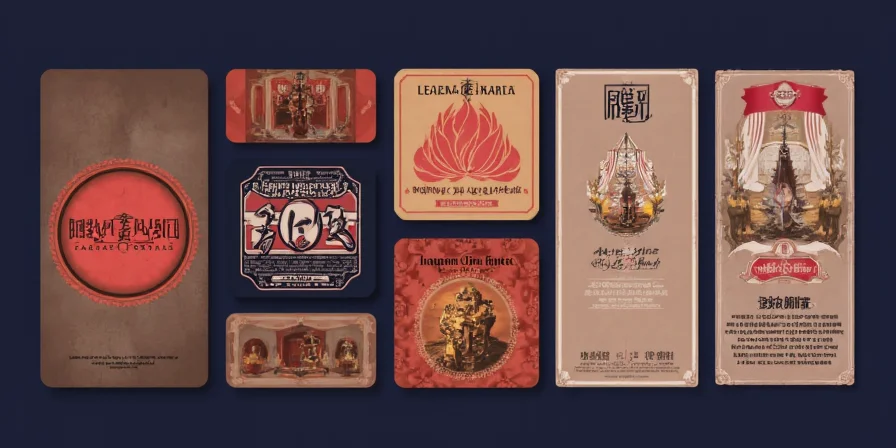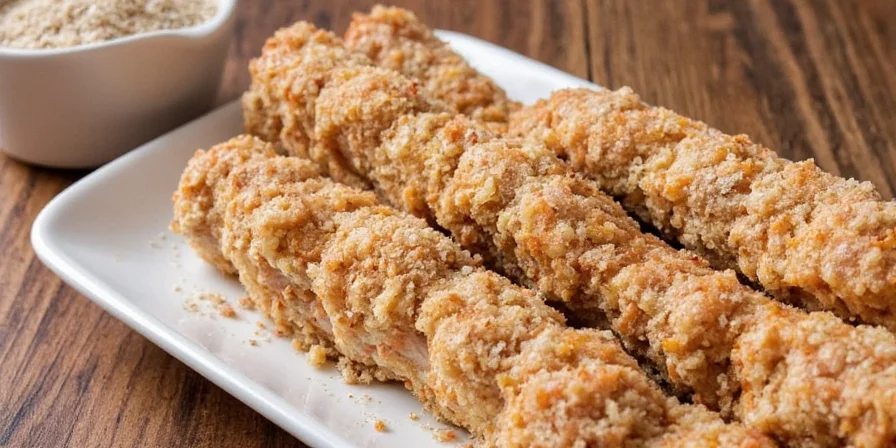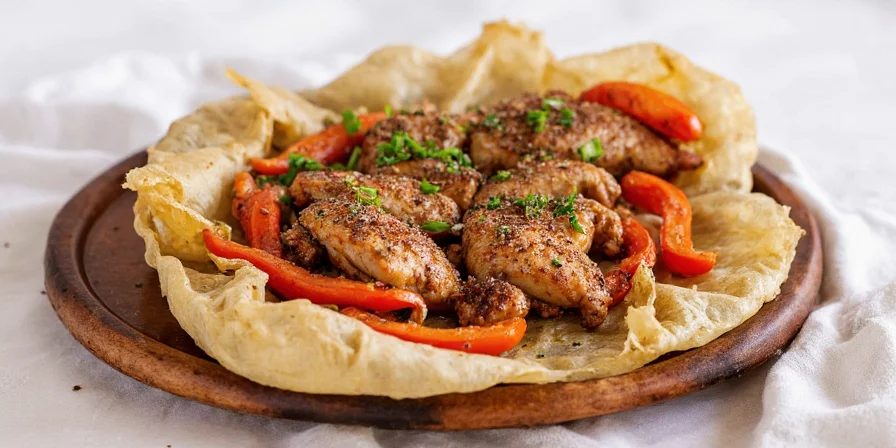Blackened Seasoning: From Spice Cabinet to Sizzling Skillet – A Spicy Survival Guide
Table of Contents
- What Is Blackened Seasoning Anyway?
- The Usual Suspects: Core Ingredients
- DIY Time: How to Make Your Own Blend
- Cooking Like a Pro: Tips & Tricks
- Heat & Health: What You Should Know
- Global Twists: Regional Variations
- Final Seasoned Thoughts
What Is Blackened Seasoning Anyway?
Picture this: you're standing over a screaming-hot skillet, your pan practically smoking like it's auditioning for an action movie. You sprinkle on some mysterious powder—yourself looking suspiciously cool—and toss in a filet of fish or chicken. In minutes, the magic happens: a dark, crispy crust forms, releasing an aroma that makes your nose tingle and your stomach growl.

Welcome to the world of blackened seasoning, the flavor-packed lovechild of high heat and bold spices. Originally from Cajun cuisine, this blend is more than just paprika and pepper—it’s a lifestyle.
The Usual Suspects: Core Ingredients
So, what’s really in that spicy dust? Let’s break down the standard crew:
| Ingredient | Purpose | Flavor Contribution |
|---|---|---|
| Paprika | Base color + mild sweetness | Smoky depth without the burn |
| Garlic Powder | Umami booster | Savory backbone |
| Onion Powder | Layered allium flavor | Sweet, earthy, and slightly sharp |
| Cayenne Pepper | Kick generator | Medium-to-high heat, depending on dosage |
| Black Pepper | Bite enhancer | Peppery zing |
| Dried Thyme | Herbal contrast | Earthy, minty freshness |
| Oregano | Italian flair | Rosy, herbal warmth |
| Salt | Flavor amplifier | Essential seasoning anchor |

DIY Time: How to Make Your Own Blend
If store-bought blends are fast food, homemade blackened seasoning is fine dining. Here’s how to whip up a batch that’ll make your kitchen smell like a New Orleans street fair:
- 3 tbsp paprika
- 1 tbsp garlic powder
- 1 tbsp onion powder
- 1 tsp cayenne (add more if you're feeling brave)
- 1 tsp black pepper
- 1 tsp dried thyme
- 1 tsp oregano
- 1 tbsp salt
Mix all ingredients thoroughly. Store in an airtight container away from sunlight. Boom—you’ve got yourself a signature blend!

Cooking Like a Pro: Tips & Tricks
You’ve got the seasoning, now let’s turn up the heat (literally). Here are five essential tips to nail your blackened dish every time:
- Use cast iron: It holds heat like a champ and creates that perfect crust.
- Get that pan hot: We’re talking smoke-point level. If you’re not a little scared, you’re not doing it right.
- Don’t skimp on the seasoning: Coat generously. This isn't the time for restraint.
- Keep things dry: Moisture = steam = no crust. Pat your proteins totally dry before seasoning.
- Watch the clock: Cook quickly. Once the seasoning starts to darken, you’re done—or it will go from blackened to burnt real fast.

Heat & Health: What You Should Know
We get it—you want flavor, but not at the cost of your health. Let’s talk about the good, the spicy, and the science:
- Paprika contains capsaicin and carotenoids—antioxidants that may reduce inflammation.
- Cayenne can boost metabolism and improve circulation, but don’t go full fire-breathing dragon unless you enjoy bathroom emergencies.
- Thyme and oregano have antimicrobial properties—nature’s way of saying “you’re welcome.”
- Too much salt? Yeah, that’s still a thing. Use less if you're watching your sodium intake.

Global Twists: Regional Variations
While traditional blackened seasoning has roots in Louisiana, chefs around the globe have taken liberties. Here’s a taste of what you might find:
| Region | Twist | Result |
|---|---|---|
| Texas | More cumin, smoked paprika | Smokier, earthier |
| Mexico | Ancho chile powder, lime zest | Fruity heat with citrus pop |
| Asia | Lemongrass, ginger powder | Exotic, aromatic twist |
| Europe | Fennel seed, coriander | Subtle licorice notes |

Final Seasoned Thoughts
Blackened seasoning isn’t just a recipe—it’s a vibe. Whether you're searing salmon for dinner or jazzing up roasted veggies, this blend adds drama, heat, and flavor in one fell swoop.
Now that you've got the tools, the know-how, and a few pro hacks under your belt, go forth and season fearlessly. Just remember: blackened means bold, not burnt. And most importantly—have fun with it!












 浙公网安备
33010002000092号
浙公网安备
33010002000092号 浙B2-20120091-4
浙B2-20120091-4